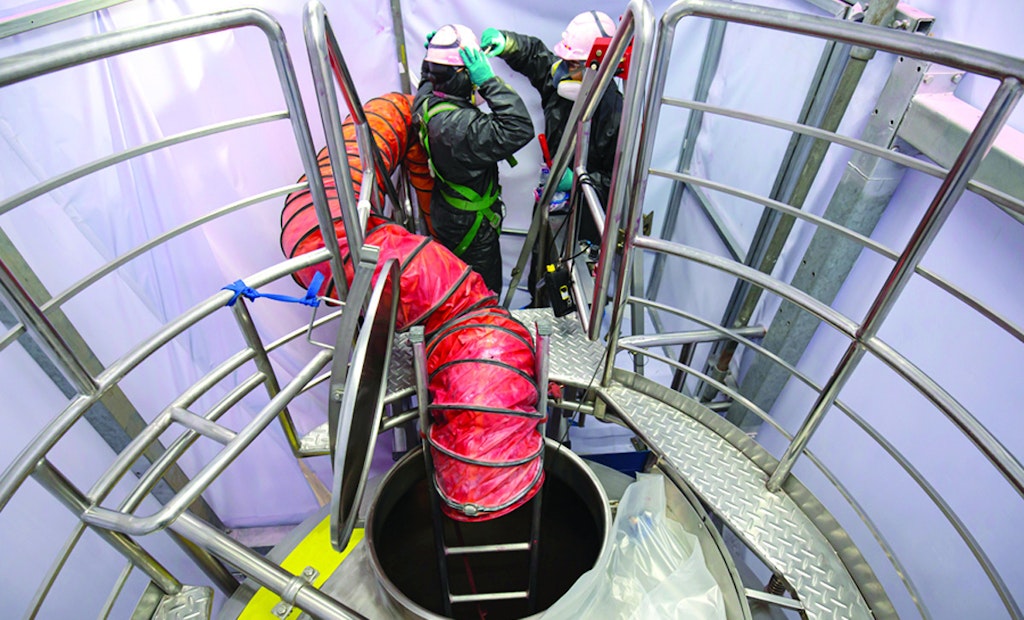
Forced air ventilation is required in confined spaces with a known hazard, including the possibility of a flash fire or explosion or the spread of toxic gases and debris, both of which can lead to oxygen depletion.
Confined spaces with poor ventilation trap dangerous gases and particulate matter in the atmosphere, exposing workers to potential respiratory infection, illness or even death.
If the area is known to be hazardous, workers must use a forced air blower to replace the air and reduce...







